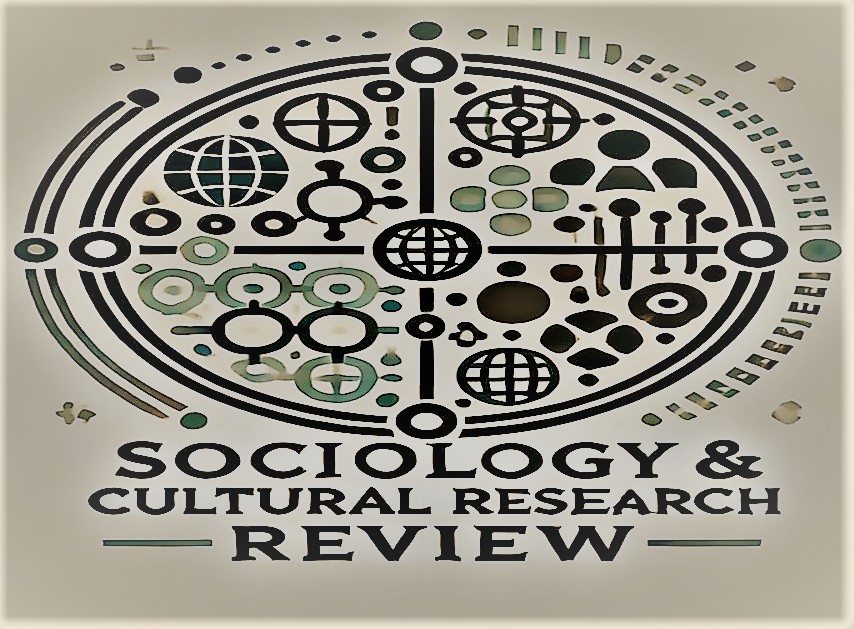Critical Ties, Strategic Risks: The Role of Semiconductors and Rare Earth Elements in the Sino-US Relationship
Abstract
In an era marked by strategic decoupling and renewed great power rivalry, the US and China are navigating an intensifying tech rivalry. Co-dependencies in the critical areas of semiconductor production have the possibility of fostering innovation but also carry the risk of strategic vulnerability. This paper aims to examine the strategic interdependence between the US and China in key areas like critical rare earth elements and semiconductor technology. Employing the theoretical underpinnings of defensive neo-realism, the study seeks to examine the vulnerabilities and risks emanating from this kind of reciprocal reliance. It uses the qualitative approach to assess their respective state priorities and policy responses in an attempt to mitigate the risks associated with mutual reliance in an anarchic international system, underscoring the principle of self-help. Findings of the study highlight the complexities arising from tech-decoupling and implications for the global technopolitical landscape.
Keywords: Semiconductors, Rare Earth Mineral, US-China Rivalry




